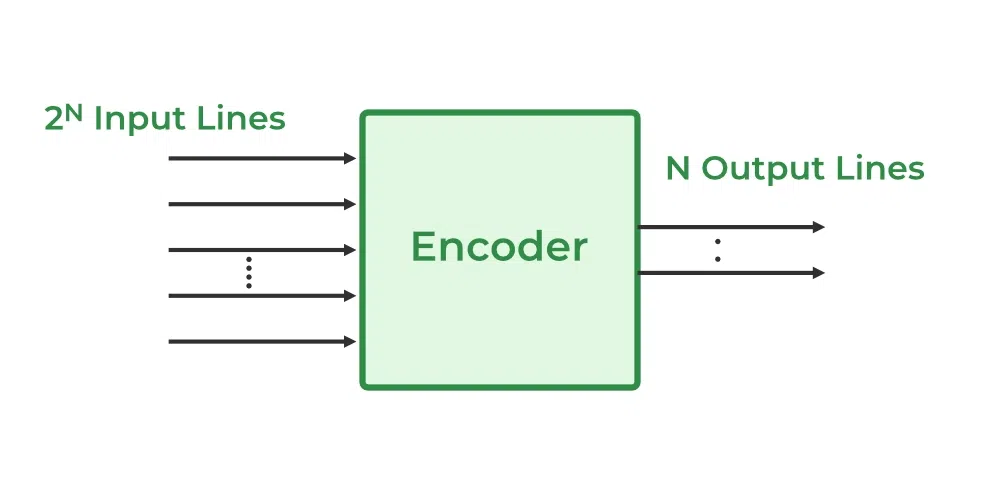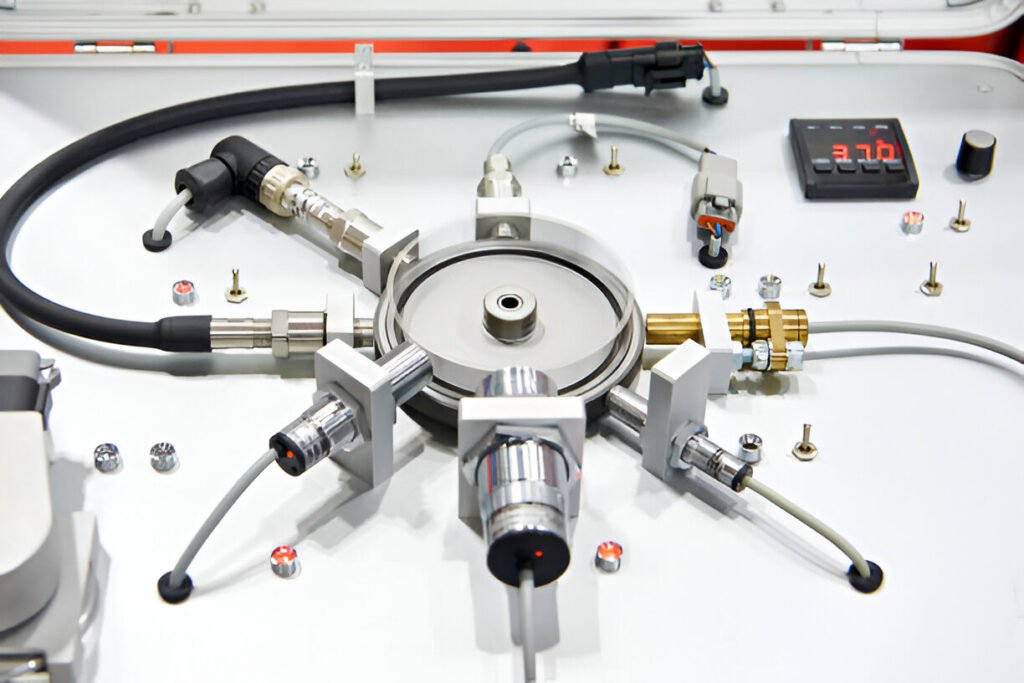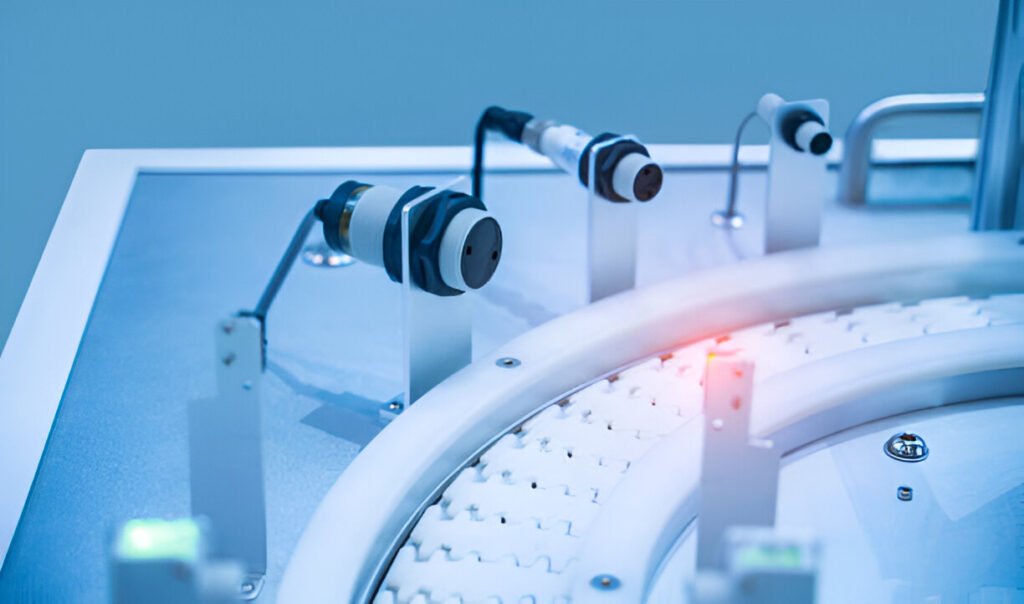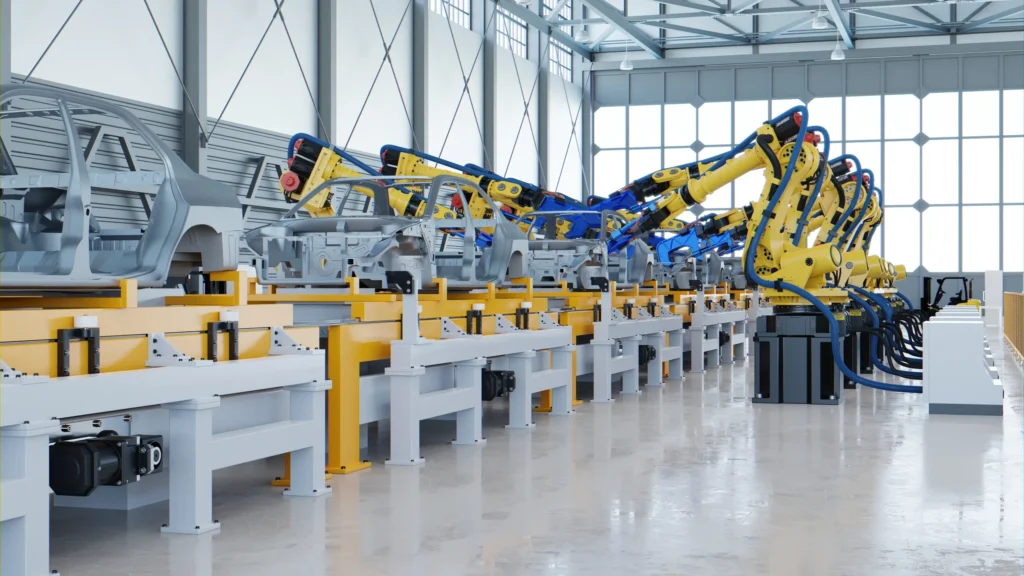
Определение, типы и основные преимущества дистанционного управления краном
Imagine controlling a giant crane with just a handheld device — sounds futuristic, right? Well, that future is now! Пульт дистанционного управления краном have transformed heavy lifting by allowing operators to control cranes wirelessly from a safe distance. This not only boosts safety but also enhances productivity by giving operators better flexibility and control. Whether you’re managing bridge cranes, overhead cranes, or industrial hoists, understanding what a crane remote control is can unlock remarkable efficiency for your operations.
What Is Crane Remote Control?
At its core, a COP-21JK crane remote control is an electronic device that lets an operator manage crane movements wirelessly. It usually consists of two main parts: a handheld transmitter and a receiver mounted on the crane. When the operator presses a button or manipulates a joystick on the transmitter, it sends encrypted radio frequency signals to the receiver. These signals instruct the crane to perform specific actions like moving the hoist up or down, or traveling left or right.
Basic Components of a Crane Remote Control System
| Component | Описание |
|---|---|
| Transmitter | Handheld device sending commands wirelessly |
| Receiver | Mounted on crane, receives and executes commands |
| Controller Unit | Processes signals and controls crane functions |
The wireless signals are sent multiple times per second, allowing near-instant responses, so operators can perform precise maneuvers in real time. Advanced systems even incorporate automatic frequency hopping to avoid interference from other wireless devices, ensuring uninterrupted control. What’s more, security measures like data encryption guarantee that only authorized users can operate the crane.
Crane remote controls are available in various types, such as push-button models or joystick controllers. Each type caters to different operational needs — for example, joystick remotes offer smoother, proportional control, ideal for delicate lifts, while push-button remotes provide simple on/off commands for straightforward tasks.
Key Functions and Advantages
Why are so many industrial facilities making the switch to crane remote controls? Here’s why:
- Improved Safety: Operators can control the crane from a safer location, away from potentially dangerous loads or machinery.
- Enhanced Flexibility: The freedom to move around the workspace gives operators better sightlines and control accuracy.
- Increased Efficiency: Faster, more precise control reduces idle time and prevents costly mistakes.
- Energy Efficiency: Modern devices often use low-power technologies, extending battery life and reducing operational costs.
- Reliable Communication: Features like automatic frequency hopping protect against signal interference.
Benefits of Crane Remote Controls Comparison
| Benefit | Описание |
|---|---|
| Safety | Removes operator from hazardous proximity |
| Flexibility | Enables versatile operator positioning |
| Efficiency | Speeds up operations with accurate control |
| Energy Saving | Longer battery life saves downtime |
| Стабильность сигнала | Advanced tech prevents command delays |
Understanding Technology Behind Crane Remote Controls
Wireless crane remote controls employ radio frequency (RF) technology to transmit signals from the transmitter to the receiver. The transmitter converts button presses or joystick movements into digital signals, which are encrypted to prevent unauthorized access. The receiver then decodes these commands and activates the crane’s motors accordingly.
Safety is paramount in these systems. Most remotes come equipped with emergency stop buttons, overload protection, and fail-safe mechanisms. For example, if the remote loses connection or the signal quality drops, the system automatically shuts down the crane to avoid accidents. Additionally, ergonomic designs ensure operators can use the remotes comfortably for extended periods without fatigue.
Safety Features typically found in Crane Remote Controls
| Характеристика | Purpose |
|---|---|
| Emergency Stop | Immediate shutdown to prevent accidents |
| Signal Quality Check | Ensures commands are received properly |
| Overload Protection | Prevents crane from lifting beyond capacity |
| Fail-Safe Mode | Shuts down crane if communication is lost |
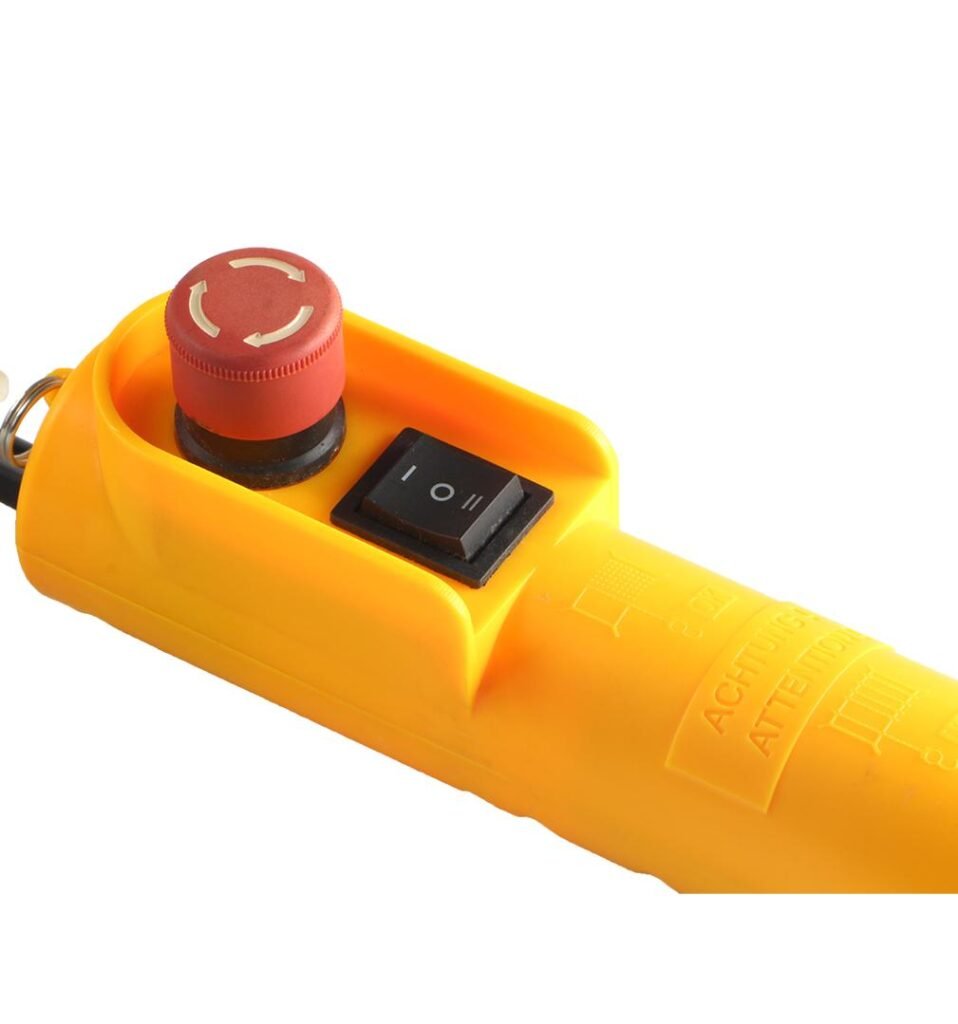
Ready to improve crane safety and control?
Discover how crane remote control boost safety and efficiency. Explore our reliable crane remote controls and request your tailored solution now!
How to Choose the Right Crane Remote Control?
Choosing the perfect crane remote control depends on several factors related to the crane type, work environment, and operational needs. Here’s a quick guide:
| Фактор | Consideration |
|---|---|
| Crane Type | Overhead, gantry, tower cranes require specific controls |
| Control Interface | Push-button for simple, joystick for precise control |
| Долговечность | IP rating for water, dust resistance depending on environment |
| Frequency Range | Must suit operating distance and interference levels |
| Custom Features | Additional controls or displays as needed |
If you’re unsure which is best for your operation, consulting with a specialized supplier can help tailor a system that maximizes efficiency and safety. Don’t hesitate to contact us for expert advice or to request a quote tailored to your crane’s needs.
Trends and Future of Crane Remote Controls
The crane remote control market is rapidly evolving with advances such as:
- Integration with smart automation and IoT for real-time status monitoring.
- Enhanced safety protocols driven by international standards demanding higher functional safety.
- Increasing adoption of multi-crane tandem controls, allowing one operator to coordinate multiple cranes simultaneously, saving labor and time.
As technology advances, these remote controls are becoming indispensable tools in modern industrial operations, pushing safety, efficiency, and reliability to new heights.
Crane remote control represent a vital leap forward in how cranes are operated today. They improve safety by distancing the operator from hazardous zones, boost efficiency with responsive wireless control, and bring remarkable flexibility to complex lifting tasks. Understanding their components, functions, and selecting the right one can significantly elevate your industrial operations.
If your facility is ready to embrace smarter, safer crane management, exploring Industrial Controller options is the next step. Reach out to us to discover the best remote control solutions tailored for your needs and elevate your crane operations today!
ЧАСТО ЗАДАВАЕМЫЕ ВОПРОСЫ
What is a crane remote control and how does it work?
It’s a wireless device that sends radio commands from a handheld transmitter to a receiver on the crane, allowing the operator to control the crane’s movement remotely.
What types of crane remote controls are available?
Mainly push-button and joystick styles, each suited to specific control precision requirements.
What’s the usual operating distance for these remotes?
Typically up to several hundred meters, depending on the model and environment.
How is signal interference prevented?
Through automatic frequency hopping and strong encryption ensuring stable communication.
How should I maintain my crane remote?
Regularly check batteries, clean device surfaces, inspect for damage, and follow manufacturer guidelines.


